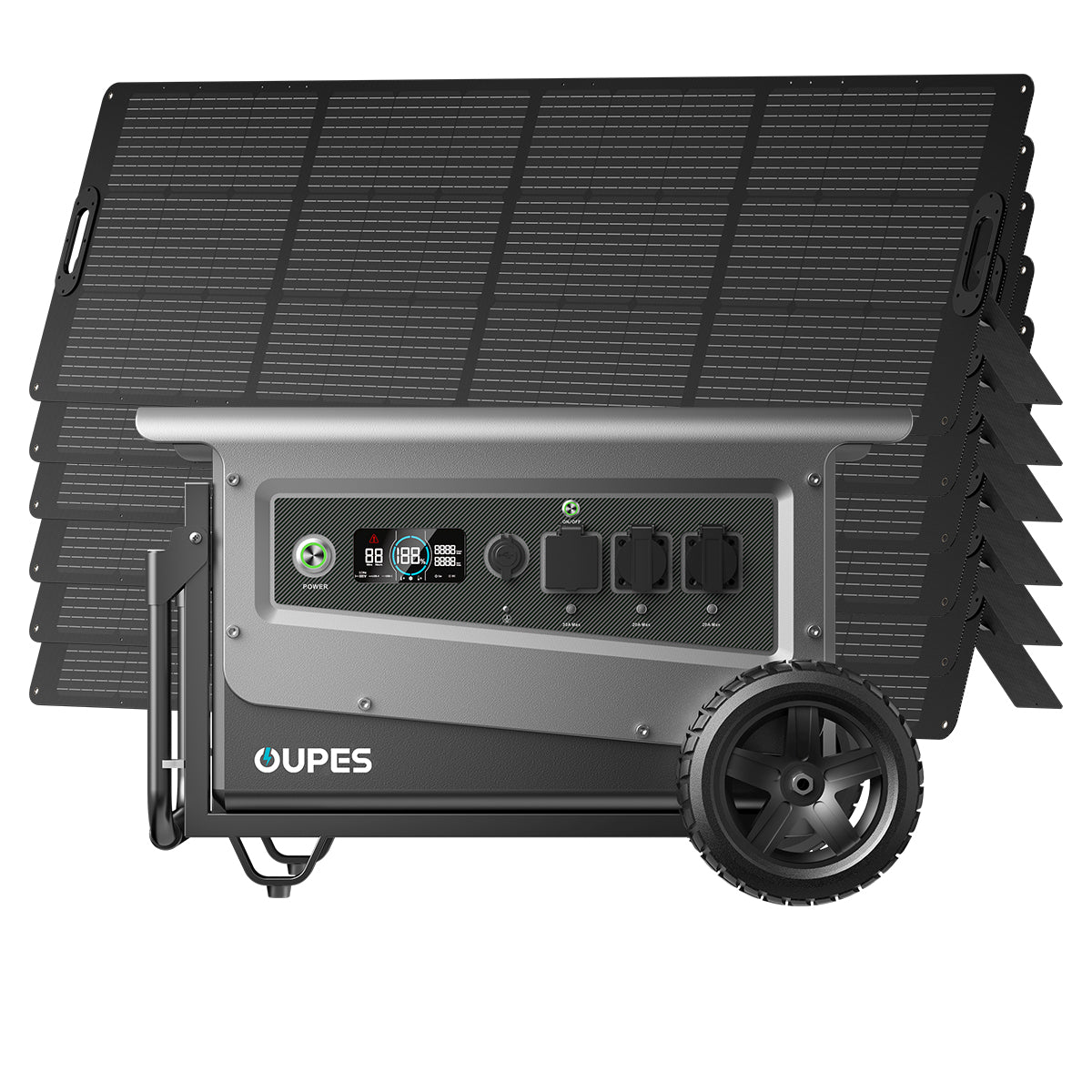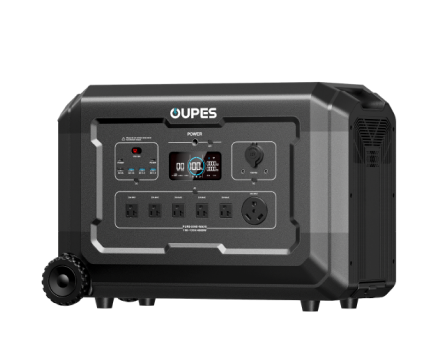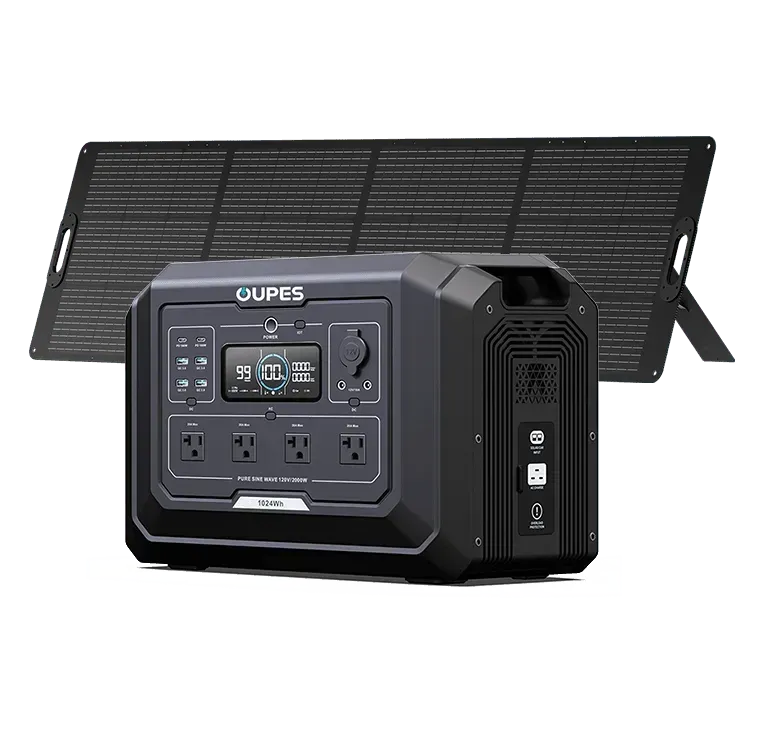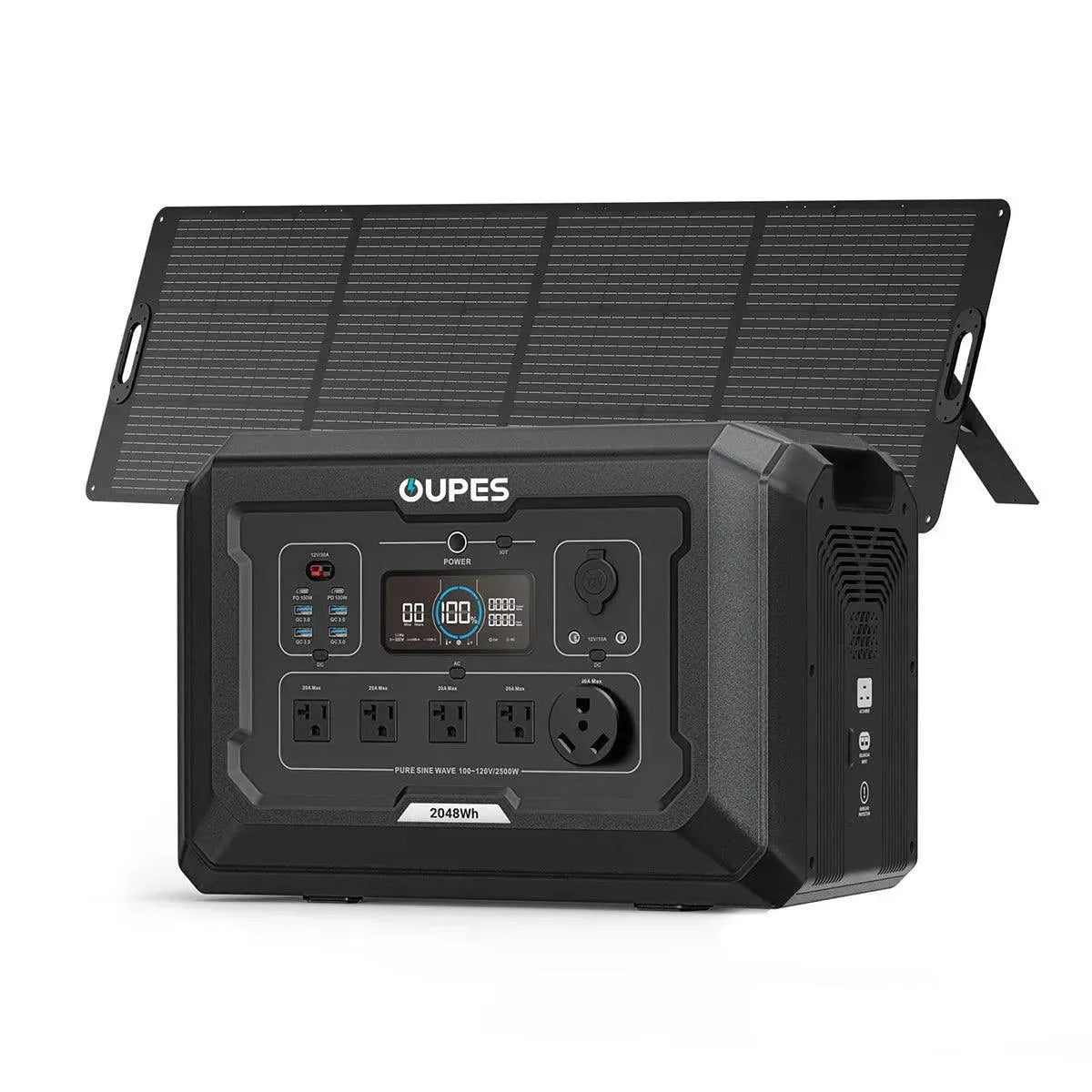
Picture a sudden blackout—lights flicker off, the refrigerator stops, and the digital world goes silent. In moments like this, knowing that a solar generator is standing by to keep your home running brings peace of mind. But with so many options and technical specs to consider, how do you select the right one for your backup needs?
In this guide, we’ll walk through everything you need to know—from sizing your energy demands and choosing battery chemistry to evaluating inverter quality, solar recharge capability, and cost factors—so you can confidently pick a solar generator that truly fits your household’s emergency power requirements.
Calculating Your Power Needs and Generator Capacity
The first step in choosing a solar generator is determining how much power your home actually needs during an outage. Start by listing essential appliances and their wattage: refrigerator, lights, Wi-Fi router, medical devices, maybe a sump pump. Each device’s power draw (running watts) and startup surge (peak watts) must be noted.
Once you have this list, estimate how many hours each appliance will run. For example, a refrigerator might run 10 hours per day, lights for 4 hours, etc. Multiply wattage by hours to find daily watt-hour consumption. A mid-size house in a blackout might need anywhere from 5,000 Wh to 12,000 Wh per day of backup power, depending on which circuits you keep active.
To select a solar generator, you’ll need both battery capacity and inverter capability. Battery capacity is measured in watt-hours (Wh) and should exceed your largest daily energy estimate to allow margin for charging inefficiencies and cloudy weather. Inverters are rated in watts and must handle the startup surge of appliances—if your fridge needs a 1,200 W startup, the inverter must exceed that.
Oversizing a generator provides reliability, but comes with cost and size trade-offs. However, choosing too small risks failing to power essential systems. Because solar generators often allow adding extra battery modules or pairing additional solar panels, it’s wise to plan for expandability if your power needs may grow.
By accurately charting your energy requirements and comparing against generator specs, you can narrow your options to units that truly meet household backup demands without overpaying for unneeded capacity.
Battery Chemistry: Lifespan, Safety, and Performance
Not all solar generator batteries are created equal. The two main chemistries are traditional lithium-ion and lithium iron phosphate (LiFePO₄). Lithium-ion offers high energy density, meaning smaller, lighter units at lower initial cost, but tends to degrade after several hundred cycles. That works for occasional use, but if your generator runs frequently, performance dip may be noticeable.
LiFePO₄ chemistry costs more upfront but offers longevity—sometimes over 3,000 full cycles—while retaining most of its original capacity. It’s also more stable and resistant to thermal runaway, making it a safer choice in home environments. If you expect to use your generator repeatedly—during frequent outages, vacation trips, or extended grid issues—the longer lifespan and improved safety make LiFePO₄ the better investment.
Another factor is usable depth of discharge (DoD). Many lithium chemistries allow 80–90% DoD, meaning you can safely use most of the stored energy without damaging the battery. Meanwhile, lead-acid batteries (rare in quality solar generators) usually permit only 50% usage, making them less efficient and shorter-lived.
Look also for battery management features like thermal protection, cell balancing, and low-temperature operation. These systems prevent overcharging, overheating, or over-discharging—common causes of premature battery failure. A smart battery management system can significantly extend service life and reduce maintenance risks.
By prioritizing long cycle life, usable capacity, and built-in safety, you ensure your solar generator remains reliable and cost-effective over many years of emergency use.
Inverter Quality and Surge Handling
The inverter converts stored DC energy into AC power for appliances. Quality here matters significantly. Cheaper inverters may provide modified sine wave output, which can damage sensitive electronics like medical devices, laptops, or variable-speed motors. A pure sine wave inverter mimics grid power closely, ensuring compatibility with all devices.
Inverter continuous wattage refers to how much load it can sustain continuously, while surge or peak wattage measures its short burst capability. When a fridge compressor or pump starts, it draws more power for a few seconds. If your inverter can’t meet that surge, the device may fail to start and could overload the system’s protection.
Look for units that offer surge capacity at least 25–50% above the highest startup load among your essential appliances. For heavier home backup use—such as multiple appliances, well pumps, or electric heaters—you might need an inverter rated 3,000 W or more with 6,000 W surge ability.
Efficiency matters too. Inverter efficiency is often 90–95%; higher efficiency means less energy lost as heat in conversion, maximizing usable power from batteries. Ensure also that the inverter includes protections like over/under-voltage cutoff, short-circuit safeguard, and automatic overload recovery.
Finally, consider inverter cooling. Fan-cooled models can be noisy, while passive cooling runs silently but may require better ventilation. Match inverter noise profile and cooling type to your installation environment, especially if indoors.
Solar Input and Recharge Speed
A solar generator’s recharge capability depends on both its solar input rating and the solar panel setup. Most units specify maximum solar wattage and voltage range. Aim to pair panels that match or slightly exceed this rating to maximize daylight charge efficiency.
Sunlight availability varies by season and location. A system that can recharge from zero to 80% capacity in a day is desirable for residential backup to ensure readiness after cloudy periods or usage during an outage. Some generators allow charge from AC outlets, vehicle plugs, and solar simultaneously—this multiplies recharge flexibility.
Solar charging speed is also tied to the generator’s charge controller. MPPT (Maximum Power Point Tracking) controllers are smarter and more efficient, consistently delivering up to 30% more solar harvesting than cheaper PWM controllers—especially under low or variable light.
Consider by how rapidly you expect to deploy the system after an outage begins. If outages are sudden and you may struggle to recharge next day, look for units with fast AC charging or charging from multiple panel inputs. Pairing with portable foldable panels or roof-mounted ones ensures higher daily recharge, reducing blackout downtime.
Ultimately, recharge ability determines how many days your system can sustain basic operations during an outage. Faster recharge equals more resilience.
Portability, Installation, and User Experience
If your solar generator must be moved or deployed quickly—say, to another location in your house or outdoors—weight, handles, and portability matter. Some units remain handheld at under 20 kg, while larger battery-heavy models may require wheels or a cart. Consider how often you’ll reposition the generator and how accessible the location is.
Installation ease matters too. DIY friendly units come with plug-and-play solar ports, simple AC outlets, and minimal wiring. Others meant for fixed installation may require professional wiring, wall mounting, or integration with home circuits through a transfer switch. Clarify usage case—portable emergency versus dedicated home backup—before choosing.
User-friendly features include LCD screens, app-based monitoring, and mobile alerts. Apps may show real-time status, battery life, input/output overview, and even remote start/stop. These conveniences add value during emergencies, making system management intuitive even under pressure.
Finally, safety certifications—like UL or CE—indicate compliance with international safety standards. Protection features like overcharge, polarity reversal protection, and automatic shutdown in unsafe conditions reduce operational risks and simplify insurance and code compliance.
Carefully reviewing portability, installation complexity, user interface, and safety certifications ensures that your solar generator isn’t just powerful—it’s manageable in real life.
Cost, Warranty, and Long-Term Value
Solar generator pricing reflects a mix of battery capacity, inverter quality, recharge capability, and features. High-performance units with LiFePO₄ batteries and pure sine wave inverters tend to cost more upfront—often between $2,000 and $8,000—but deliver longer life and fewer replacements. Cheaper models under $1,500 may save money initially, but may require replacement before warranties expire.
Warranty terms are critical. Look for at least a 5-year warranty on battery and system—ideally longer. Some manufacturers prorate battery coverage based on capacity retention, while others offer full replacement. This impacts lifetime cost significantly.
Factor in operating costs too: fuel savings if the generator helps reduce gas standby generator runtime, and maintenance savings from solid-state battery systems. Add in potential rebates or tax incentives for solar-battery systems to further reduce total cost of ownership.
Calculate cost per usable kWh over the system’s lifespan. A higher upfront cost may actually be cheaper long-term if durability and warranty offer peace of mind. Cheaper systems may grow costly through replacements or repairs.
By carefully analyzing purchase price, expected lifespan, warranty, and operating expenses, you can choose a solar generator that delivers reliable backup power and value through years of service.
Conclusion
Choosing a solar generator for home backup requires more than comparing watt-hours. You need to match battery capacity to your outage needs, select safe and durable battery chemistry, ensure adequate inverter capability, and assess recharge efficiency from solar and alternate sources.
Think also about portability, installation ease, interactive controls, safety certifications, cost, value, and system longevity. A well-chosen solar generator can deliver energy independence, emergency resilience, and clean power when you need it most. By weighing these factors thoughtfully, you’ll walk away with a system that safeguards your home and comfort during blackouts—while offering great value for years to come.




























